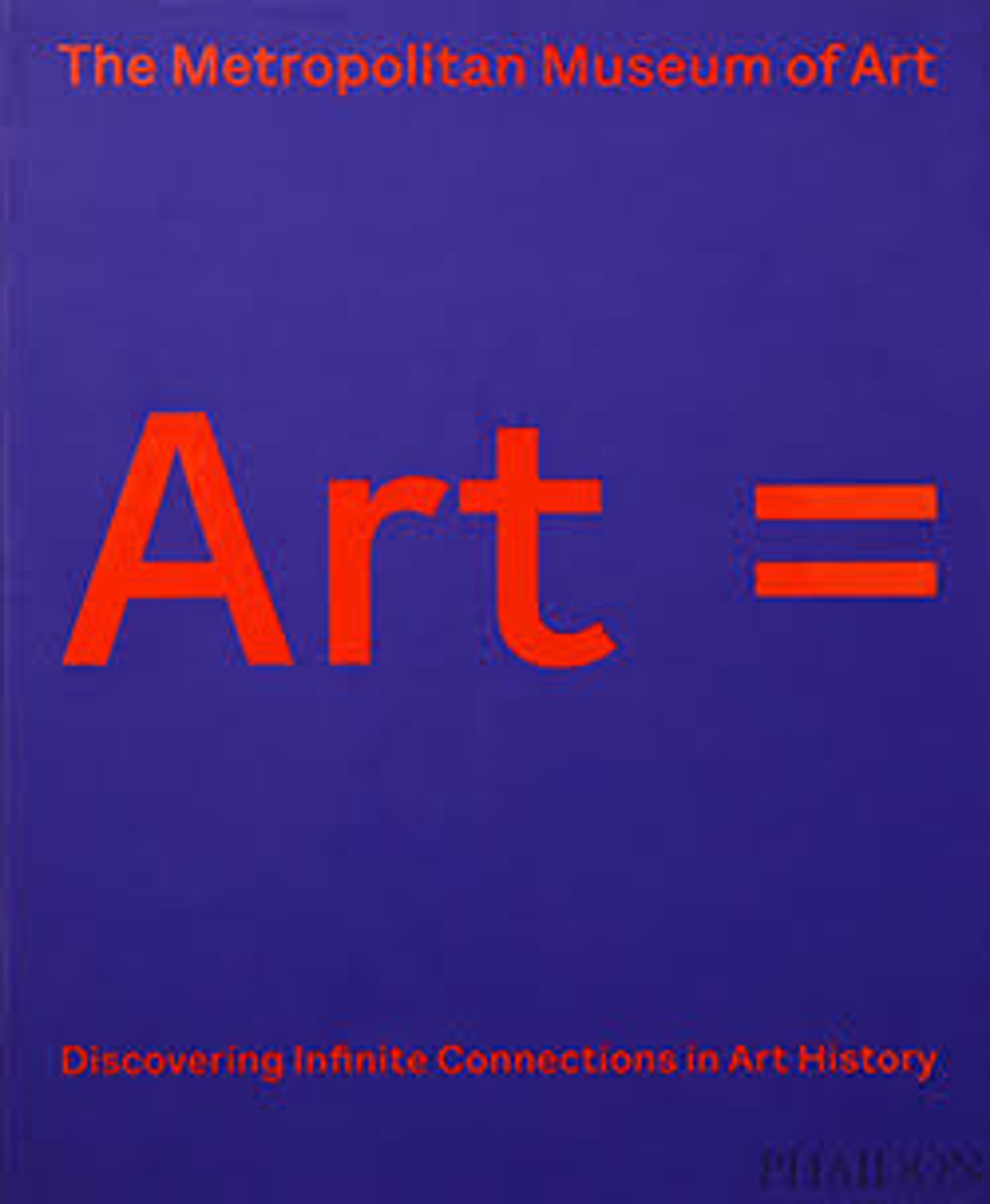Morgan Casket
One of the most accomplished examples of carved ivory known from Norman Italy, the so-called "Morgan casket" is also one of the clearest expressions of the international artistic milieu in which it was created. Pairs of men in turbans and tunics stand guard at the corners of the casket, recalling in style and programmatic use similar figures on the ceiling of the Cappella Palatina at Palermo. Medallions on the side panels are filled with fantastic beasts and birds, which are hunted by men with spears.
Artwork Details
- Title: Morgan Casket
- Date: 11th–12th century
- Geography: From Southern Italy
- Medium: Ivory; carved
- Dimensions: Overall: H. 8 7/8 in. (22.3 cm)
W. 15 3/16 in. (38.6 cm)
D. 7 7/8 in. (20 cm)
Lid: H. 2 3/4 in. (7 cm)
W. 14 5/16 in. (36.4 cm)
D. 8 1/16 in. (20.5 cm)
Container: H. 5 5/16 in. (13.5 cm)
W. 15 3/16 in. (38.6 cm)
D. 8 7/8 in. (22.5 cm) - Classification: Ivories and Bone
- Credit Line: Gift of J. Pierpont Morgan, 1917
- Object Number: 17.190.241
- Curatorial Department: Islamic Art
More Artwork
Research Resources
The Met provides unparalleled resources for research and welcomes an international community of students and scholars. The Met's Open Access API is where creators and researchers can connect to the The Met collection. Open Access data and public domain images are available for unrestricted commercial and noncommercial use without permission or fee.
To request images under copyright and other restrictions, please use this Image Request form.
Feedback
We continue to research and examine historical and cultural context for objects in The Met collection. If you have comments or questions about this object record, please contact us using the form below. The Museum looks forward to receiving your comments.
